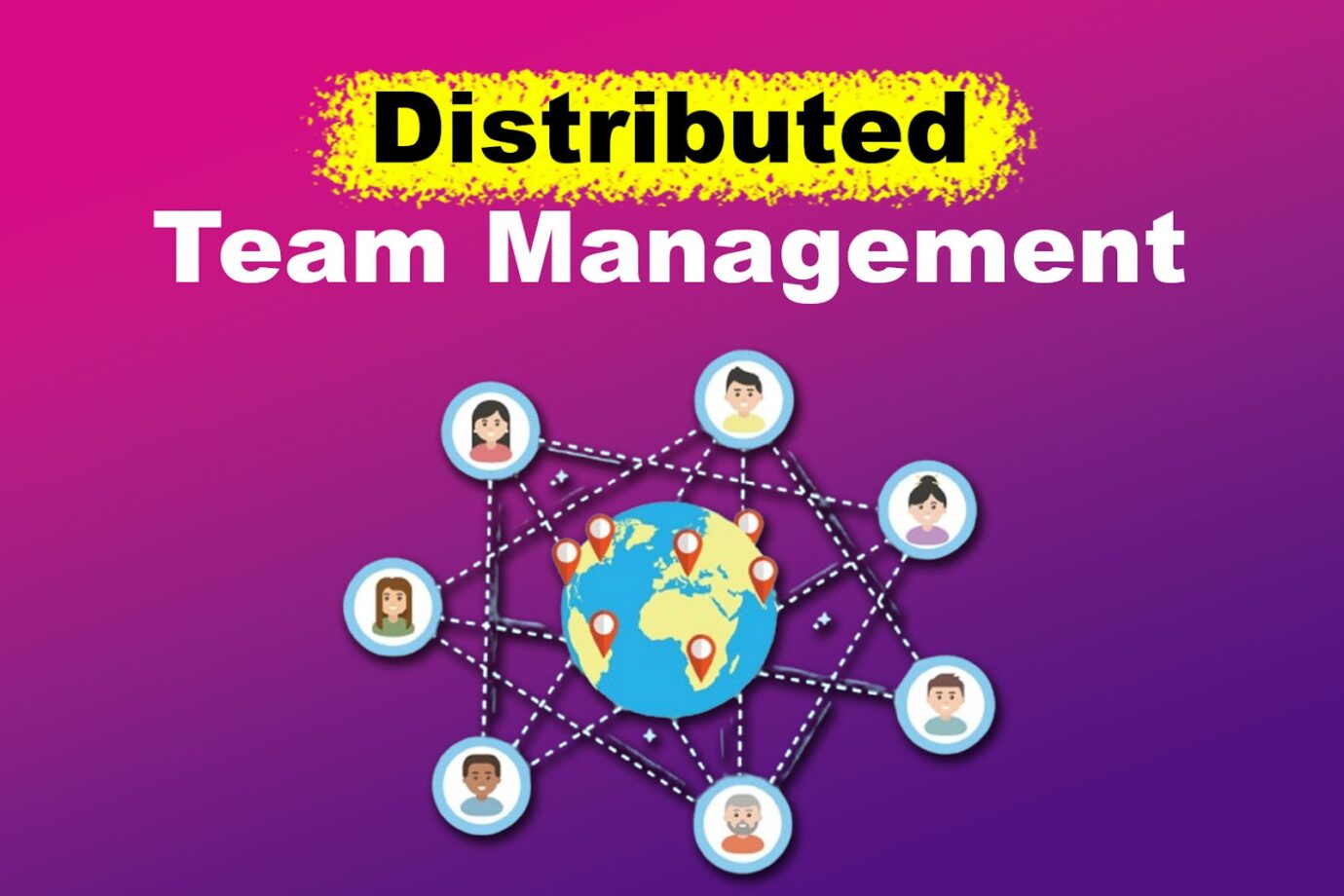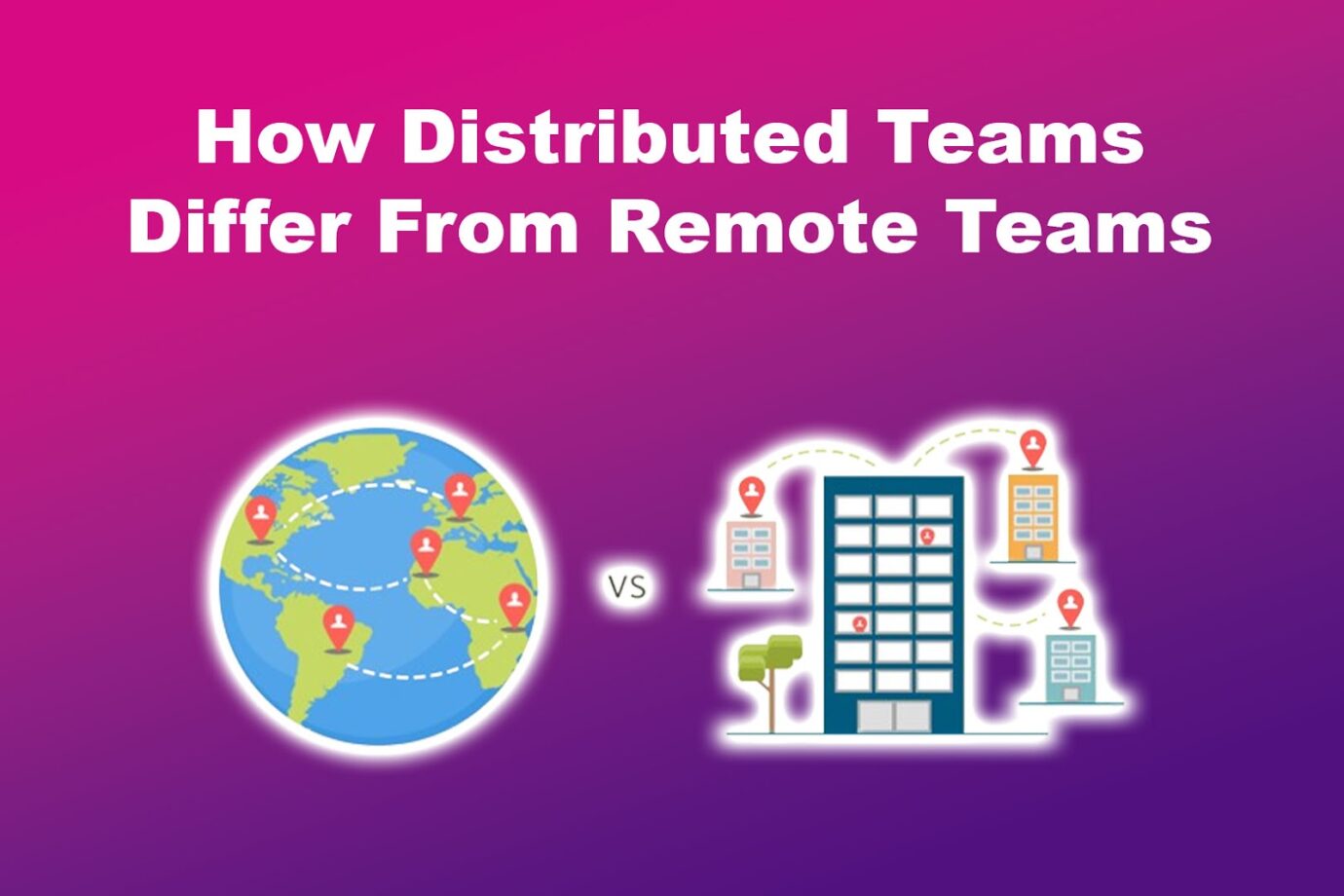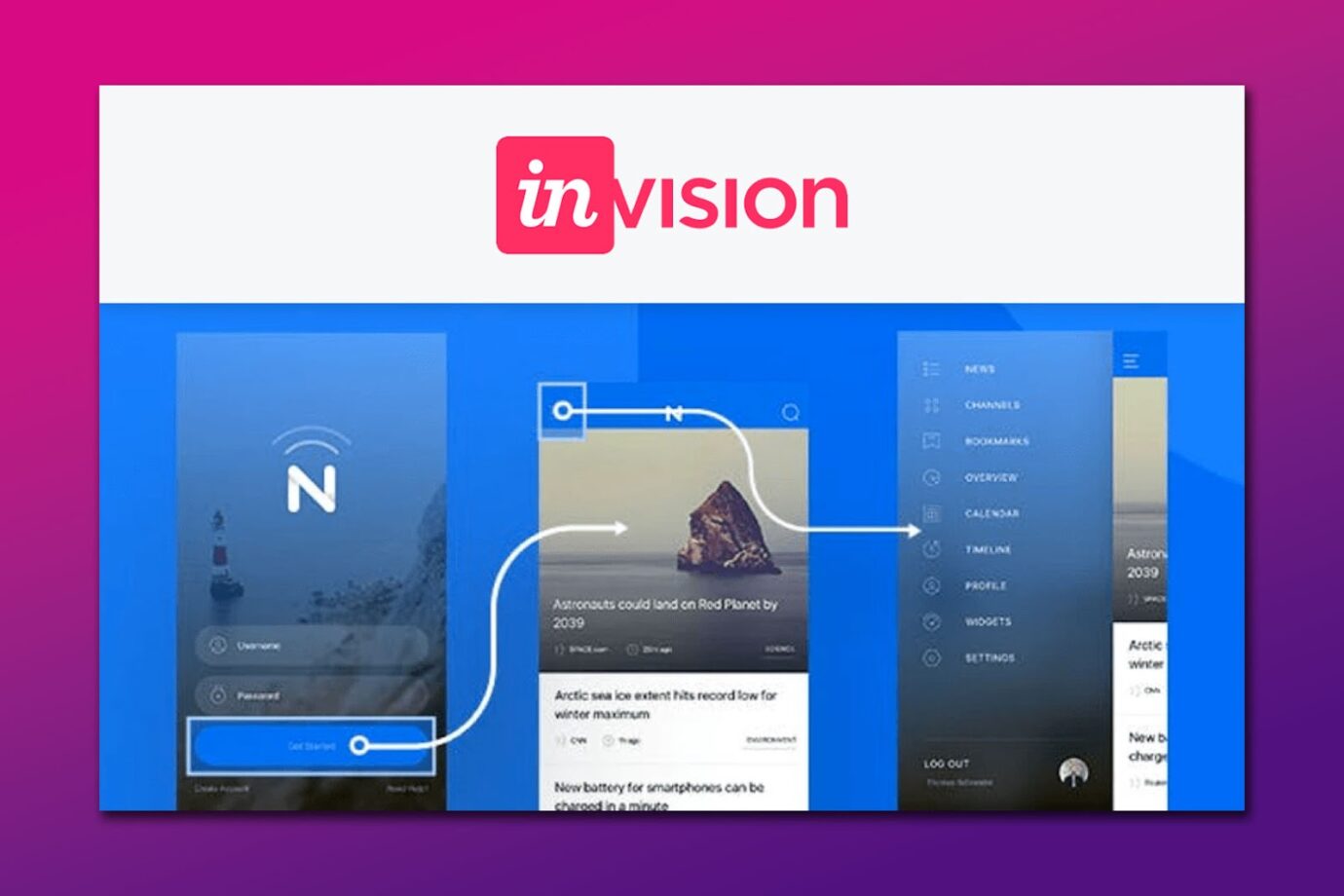With workspaces evolving drastically, distributed teams have become one of the most popular models for businesses to succeed.
Features such as the emergence of new technology platforms, global connectivity, and the willingness of employees to work from home have immensely made this model significant.
This article will discuss tips for managing distributed teams and everything you need to know about distributed teams in general. Let’s get started!

What Is a Fully Distributed Team?
A fully distributed team is a term associated with groups of individuals working collaboratively on projects or tasks but not situated in one physical location. These team members could be located across different countries, cities, or even within the same city.
These employees use remote work tools and software as their main form of communication and information exchange. Team members may vary and include a mix of full-time employees, freelancers, or contractors.
Get more information on distributed teams from Upwork.
Meetings are crucial for distributed teams. To make meetings productive and seamless, make sure to send a staff meeting agenda prior to your meeting.
How Are Distributed Teams Different From Remote Teams?
Distributed teams are different from remote teams in the sense that distributed teams have no physical office and work remotely 100% of the time, while remote teams do have a headquarters or a central office, and they can still meet in person.
Distributed teams consist of workers located in different places rather than being in one office altogether. This way, companies can get the chance to find more skilled professionals as they can hire globally.
These teams primarily use technology for their work and communication since they don’t have a central physical office.

On the other hand, remote teams usually operate from within the same region or country, or they are commonly based in different cities or at a significant distance.
These employees still have the opportunity to meet in person on occasion. This work type is commonly called telecommuting or working from home.
When working with a distributed team, it’s important to have a global talent management system in place.
Why Do Organizations Have Distributed Teams?
Organizations have distributed teams because technology has improved, and companies have adopted digital solutions. The increasing demand for work-life balance among employees, which has pushed organizations to transition into a partial or fully distributed workforce, also plays a role.
The global lockdown caused by COVID-19 has forced businesses to quickly adapt and transition to a distributed workforce. Some companies had already implemented this practice before the COVID-19 outbreak.
Employees’ needs and wants have also changed over the last ten years. These changes are particularly noticeable among millennials and subsequent generations who desire a flexible work-life balance, which is good for their well-being.
Check out this article from Forbes published before COVID-19 started.
Pros and Cons of Distributed Teams
These are the pros and cons of distributed teams:
Pros of Distributed Teams
- Time Savings and Higher Efficiency.
Working from home can save time and energy that you would have wasted commuting to and from the office. - Lower Office Costs.
Reducing costs like operations and overhead allows companies to save more without maintaining office space. - Diversity and inclusivity.
Hiring workers from every corner of the globe is entirely possible. Talent and skills are prioritized in the job market, and geographical constraints are almost non-existent. - Higher Employee Retention Rate.
Distributed teams enhance employee’s contentment and commitment to their jobs. Since work-life balance is getting increasingly important, being able to work anywhere and avoid everyday traffic contributes significantly to a company’s high employee retention rate. - Timely Support for Customers.
Having team members in different time zones allows businesses to extend their sales or customer service hours and serve more customers. - Location independence.
Since you can work from home, it would also mean that you can work anywhere. So, relocation will not be a problem. - Lower Stress Levels.
Employees have more control over their time and can promote work-life balance, reducing the risk of burnout.
An article from Forbes stated that in a study conducted by Atlassian, 50% of Gen-Z respondents said they were happier working from home. The same is true for 49% of Millennials and 37% of Gen-X.
Cons of Distributed Teams
- Communication Inconsistencies.
Effective communication is crucial for a successful workplace team. Extra effort may be required for consistent communication and collaboration to ensure everything runs smoothly. - Synchronization Problems.
It can be difficult to meet virtually and coordinate tasks or projects when group members are in different time zones, especially for managers. - Cultural Differences.
While diversity is fantastic, a diverse global workforce may consist of employees from entirely different cultures, work ethics, and ways of communication. - Accountability Concerns.
Keeping track of each team member’s progress and activities becomes more challenging when people work remotely, as there is less visibility. - Distracting Environments.
Remote workers also face distractions from their environment that can negatively affect their productivity. - Technical Issues.
Delays or difficulties caused by technological problems may also arise while handling tasks. - Lack of Company Culture.
Building team spirit might be more challenging if teammates aren’t physically present. It is still achievable but can be demanding.
How to Manage a Distributed Team
Being a manager is already challenging, but managing a globally distributed team makes it even more difficult. To effectively manage distributed teams, managers need techniques and strategies.

Here are distributed team management pro tips:
Step 1: Hire the Right People
When working with a distributed team, find the right people for the job. Choosing the right team members is critical to the success of your team.
When hiring new members for a distributed team, look for people with experience working remotely. This experience will help them adapt quickly and work well in a work environment that does not require them to be physically nearby.
Step 2: Provide Training and Support
Offering training sessions and resources is one way that can enable all individuals to perform their jobs effectively. Familiarizing new members of your distributed team with company culture, standards, values, and tools used daily is essential, especially during onboarding.
Hiring them and leaving them to their own devices is inadequate. Take time to lead through every step of new workers, making sure they understand how your team works and defining their exact responsibilities.
Step 3: Set Clear Goals and Expectations
It is important to set clear goals and objectives so that everyone on the team knows what they need to do. With specific goals set, the team can focus on the same goals.
This will give team leaders and managers peace of mind that tasks are being done and team members can work efficiently and independently.
By creating a culture that values goals, employees can recognize the significance of their work and how it contributes to the company’s overall goals.
Step 4: Use Clear Communication Channels
A team’s success depends heavily on its members’ communication skills. Take advantage of various communication tools, including video calling apps, instant messaging platforms, and specialized software.
These tools should enable seamless communication and be readily available to all team members.
In addition, team leaders and managers can play a major role in promoting clear and consistent communication practices within their teams. This ensures everyone is on the same page and working toward common goals.

Related Post: 5 Effective Remote File Access Methods
Step 5: Build a Solid Foundation
As a team leader or manager, it is important to recognize and respect your team members’ autonomy regarding their schedules. However, ensuring everyone stays on the same page and is committed to achieving the team’s goals is equally important.
Encourage open communication within the team by facilitating discussion and actively listening to feedback, comments, and questions during meetings.
Step 6: Trust Your Team
Everyone on the team should feel that they belong to the group. Trust is important in every part of the job, from start to finish. To build trust, encourage open communication and honest discussions on a personal level.
Creating an environment where employees feel comfortable sharing their thoughts and ideas can build stronger relationships based on understanding and respect. This will help complete more work and create a sense of unity within the team.
If you’re working with a remote team, trusting them means avoiding micromanagement. Here’s what you should know about micromanaging remote workers.
Step 7: Prioritize Results
When evaluating employee performance, move away from traditional methods that look at job performance and interpersonal skills. Instead, focusing on tangible results, work accomplished, and the ability to meet deadlines is more effective.
By shifting the focus to these aspects, managers can better understand an individual’s contribution and effectiveness in the workplace.
Essential Tools for Managing Distributed Teams

Here are some handy tools for distributed team management:
- Communication Tools.
Members can exchange messages, have video meetings, and make phone calls to guarantee smooth connectivity and boost collaborative work. Slack, Skype, Google Meet, Microsoft Teams, and Zoom are examples of communication tools. - Project Management Software.
These tools assist in managing tasks. They enable team leaders or managers to set deadlines, monitor progress, and ensure everything stays on track. Examples of project management software are Asana, Trello, Jira, and Monday.com. - Collaboration Tools.
Cloud storage services enable team members to securely store and collaborate on documents, spreadsheets, and presentations. This seamless sharing of files ensures effortless teamwork and enhances productivity. Collaboration tools include Google Drive, Dropbox, or Microsoft OneDrive. - Productivity Software.
These tools assist team members to monitor the amount of time they dedicate to tasks. It enables managers to assess everyone’s productivity and discover methods to enhance efficiency. Examples of Productivity software are Toggl, Harvest, or Clockify - Security Tools.
VPNs (Virtual Private Networks), encryption tools, and secure password managers are essential for safeguarding valuable information. They ensure that remote work environments remain protected.
For more information on tools for managing distributed teams, read this article from Upwork.
Successful Companies That Use the Distributed Team Model
- Automattic.
This is the company behind WordPress. The content management system, widely used today, has been developed by Automattic through a combination of team efforts worldwide. - GitLab.
This company provides a full-featured DevOps platform used by some leading companies. It is among the world’s top tech firms, with a staff of more than 1,000 spread across 65 countries. -
InVision.
InVision is a digital product design platform that has fully embraced remote work. By adopting a globally distributed team structure, InVision has attracted the best talent.
- Buffer.
Buffer is one of the most famous social media marketing software that helps out small businesses, creators, and individuals. They have 78 teammates spread across 20 different countries. - Zapier.
It is a software company developing a handy automation tool that connects different applications. With a workforce spread across 30 countries, Zapier operates entirely remotely.
These are proofs that with effective and efficient distributed team management strategies, companies that are 100% remote can succeed, too.
Achieve Success with This Distributed Team Management Guide
Workplaces have drastically changed in appearance and function over the past five years. Improved communication methods have promoted workplace diversity. Distributed work has become popular as it allows employees to balance their work and personal lives.
Managing distributed teams presents its own set of challenges. Managing a distributed team is more complex than an on-site team. Managers can use the tips above to create and manage a successful distributed team. It is rewarding to see your team succeed.
